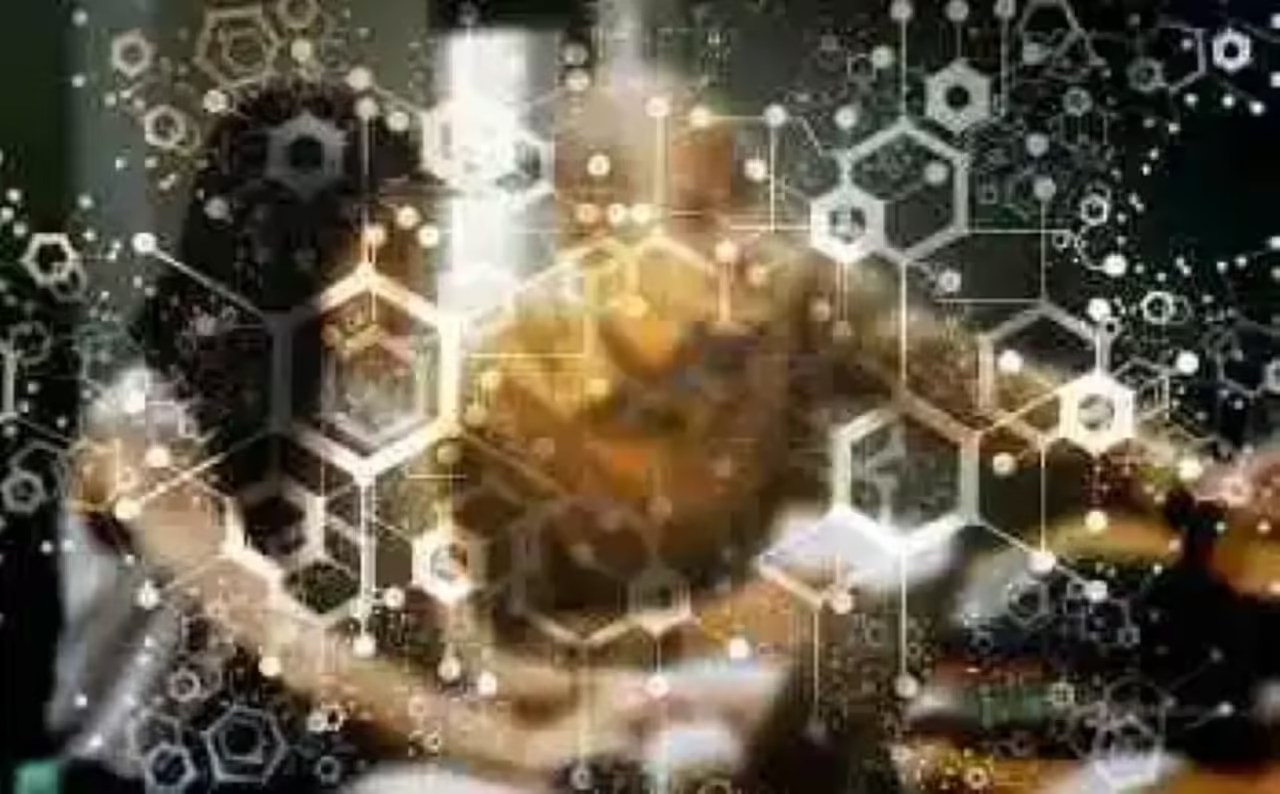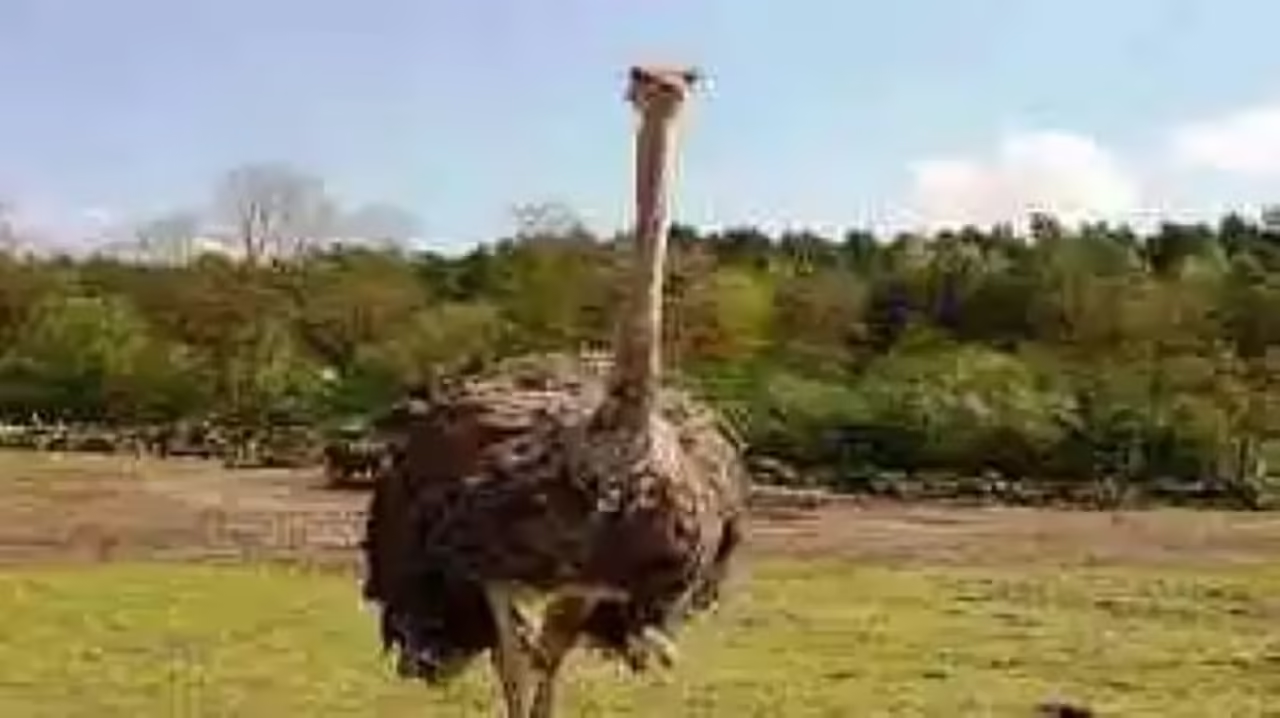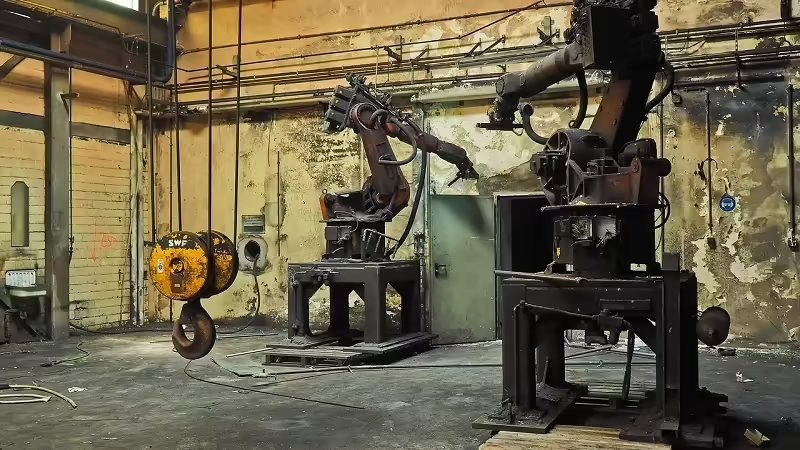
In an unprecedented advance in the field of machine translation, researchers have managed to develop an artificial intelligence (AI) capable of decoding one of the oldest languages in the world. This achievement marks an important milestone in the field of linguistics and opens up new possibilities for understanding and preserving endangered languages.
The language in question is Sumerian, an ancient language that was spoken in Mesopotamia more than 4,000 years ago. Sumerian is considered one of the earliest writing systems and was used in religious, literary, and administrative texts in the ancient Sumerian civilization. However, as civilizations and languages evolved, Sumerian fell out of use and eventually became extinct as a spoken language.
For centuries, linguists have tried to decipher and understand Sumerian through the study of ancient clay tablets and other artifacts. However, due to the complexity and lack of complete records, accurate translation from Sumerian has been a challenge for scholars.
In this context, the advancement of AI in machine translation has proven to be an invaluable resource. The researchers have used machine learning techniques and neural networks to train an AI model capable of analyzing and understanding Sumerian language patterns. By feeding the model with a large amount of data and examples of existing translations, the AI has learned to decode and translate Sumerian with a high degree of accuracy.
This milestone in machine translation has significant implications for the preservation and study of endangered languages. Many ancient and minority languages have been lost to the course of history, leaving behind only fragments of information about past cultures and civilizations. With the ability to translate and understand ancient languages, AI can help linguists and archaeologists piece together historical narratives and unravel valuable insights into the human past.
In addition to its impact on academic research, this Sumerian translation AI also has the potential to be used in practical applications. Museums and archaeological sites could use this technology to provide real-time translations of ancient texts and inscriptions, giving visitors a richer and more accessible experience.
Although this achievement is impressive, the researchers acknowledge that there is still much work to be done. Machine translation of ancient languages remains a challenge due to the lack of comprehensive data and the inherent complexity of ancient writing systems. However, advances in AI and machine learning are paving the way to overcome these difficulties and open up new possibilities in the field of translation of ancient languages.
In addition to Sumerian, researchers are applying similar machine translation techniques to other ancient languages, including Ancient Egyptian, Akkadian, and Hittite. Each of these languages presents a unique challenge due to its particular grammatical structures and writing systems.
Machine translation of ancient languages involves not only decoding words and phrases, but also understanding their cultural context and historical significance. Researchers are working on developing AI systems that can capture these finer elements and deliver more contextually relevant and accurate translations.
While the machine translation of ancient languages is an exciting achievement, it is important to note that human intervention remains essential in the interpretation and analysis of translated texts. AI can provide a solid foundation for the work of linguists and scholars in the humanities, but human expertise and knowledge remain essential for a full and accurate understanding of these ancient languages.
The translation revolution: An AI unlocks the secrets of an ancient language
This revolutionary breakthrough promises to shed light on one of the oldest civilizations in history and reveal fascinating details about its culture and knowledge.
The object of study of this AI is the ancient language spoken in the mysterious lost civilization of [name of civilization]. For centuries, archaeologists and linguists have tried to decipher the texts and hieroglyphs found in the ruins of this ancient civilization. However, due to the lack of information and the complexity of the language, its translation has been an immense challenge.
The development of this AI has been possible thanks to advances in the field of machine learning and neural networks. The researchers have fed the AI a wealth of linguistic data and examples of existing translations, allowing the machine to learn the patterns and grammatical structures of the ancient language.
AI uses sophisticated algorithms to analyze and understand the context of ancient texts, thereby overcoming language barriers and unraveling their meaning. As the system is trained with more and more examples, its ability to translate accurately improves significantly.
This achievement is of great importance for archeology and linguistics, since it opens new doors towards the understanding of ancient civilizations. The ability to translate ancient texts quickly and accurately can provide researchers with invaluable insight into the history, culture, science, and other aspects of the civilization being studied.
In addition to its impact on academic research, this ancient language translation AI also has the potential to boost cultural tourism. Archaeological sites and museums could take advantage of this technology to offer visitors real-time translations of ancient inscriptions and texts, allowing them to immerse themselves in the past and better understand the importance of these lost civilizations.
Although this translation AI is a significant achievement, experts acknowledge that there are still challenges to overcome. Ancient languages often lack complete records, and their cultural context can be difficult to capture. However, the combination of artificial intelligence and human expertise in the field of archeology and linguistics promises to further boost our knowledge of the human past.
Exploring the cultural context of the ancestral language translated by AI
When we talk about the automatic translation of an ancestral language by an AI, it is essential to explore the cultural context in which this language developed. The cultural context provides valuable information about the beliefs, values, social practices, and other aspects of the civilization that spoke that ancient language. Understanding the cultural context is essential for an accurate translation and for capturing the full meaning of the translated texts.
The ancient language in question, which has been deciphered by the AI, carries with it a rich and unique history that can shed light on various areas of the life of the ancient civilization. Some of the cultural aspects that can be explored include:
Religion and Mythology: Translated texts may contain mythological accounts, religious rituals, and spiritual practices that reveal the beliefs and cult systems of civilization. These accounts can provide information about deities, religious ceremonies, cosmogony, and the place of religion in society.
Literature and poetry: The ancestral language may have been used for the creation of literary and poetic works. These texts can offer insight into the artistic creativity of civilization, its forms of expression, popular stories and cultural values transmitted through literature.
Government and Administration: Translated administrative and legal texts can reveal the political and administrative structure of the ancient civilization. This may include information about social organization, governance, justice systems, and the way business and administrative transactions were carried out.
Science and knowledge: The translated texts may contain scientific, mathematical, astronomical or medical knowledge that reflects the understanding that civilization had in those fields. These insights can provide insight into scientific advances, astronomical observations, calculation methods, and medical practices of the time.
Cultural and social traditions: The ancestral language can reveal cultural traditions, festivities, rituals and social practices that were important to civilization. These aspects may include festivals, marriage customs, kinship systems, family structures, and other forms of social organization.
Exploring the cultural context of an ancestral language translated by an AI not only helps us better understand the civilization that spoke it, but also contributes to the preservation and dissemination of its cultural heritage. Experts in archaeology, anthropology and linguistics can use this knowledge to reconstruct and bring to life the history of civilization, and to share this cultural richness with the general public.
The role of experts in the validation of machine translation of ancient languages
While AI-powered machine translation of ancient languages is a remarkable achievement, it is important to note that the role of experts remains critical in validating these translations. Experts in archaeology, linguistics, and other related fields play a crucial role in the process of interpreting and verifying machine translations of ancient languages.
Although AI can process vast amounts of data and learn linguistic patterns, it cannot match the experience and in-depth knowledge that human experts possess. These specialists are familiar with the cultural context, grammatical structures and subtleties of the ancient language in question, allowing them to assess the accuracy and consistency of the AI-generated translations.
Experts validate machine translations in several ways:
Knowledge of the cultural context: Experts have a deep understanding of the cultural context in which the ancient language developed. They can assess whether the translations adequately capture the cultural references, social practices, and belief systems of the civilization in question.
Comparison with existing translations: Experts can compare AI-generated machine translations with existing human translations or previous interpretations of the texts. This comparison makes it possible to identify possible errors, discrepancies or alternative interpretations.
Linguistic analysis: Linguistic experts can evaluate the grammatical structures, vocabulary and linguistic coherence of machine translations. They can identify potential translation errors, ambiguities, or inconsistencies that the AI might have missed.
Specialized Knowledge: Experts also contribute their specialized knowledge about the civilization and language under study. This may include understanding technical terminology, poetic language, or specific jargon that may not be easily captured by the AI.
Interpretation and historical context: Experts can provide a broader and deeper interpretation of the translated texts, considering the historical context and the possible cultural, political or social implications that derive from them.
Ultimately, human validation is crucial to ensure the accuracy and reliability of machine translations of ancient languages. Combining the processing power of AI with the experience and critical judgment of human experts allows for a more accurate and complete translation of ancient texts.
It is important to note that machine translation of ancient languages is not intended to replace the role of experts, but rather to complement it. AI provides a valuable tool that can speed up the translation process and provide new insights, but human validation and interpretation remain essential to ensure the quality and proper understanding of ancient texts.







